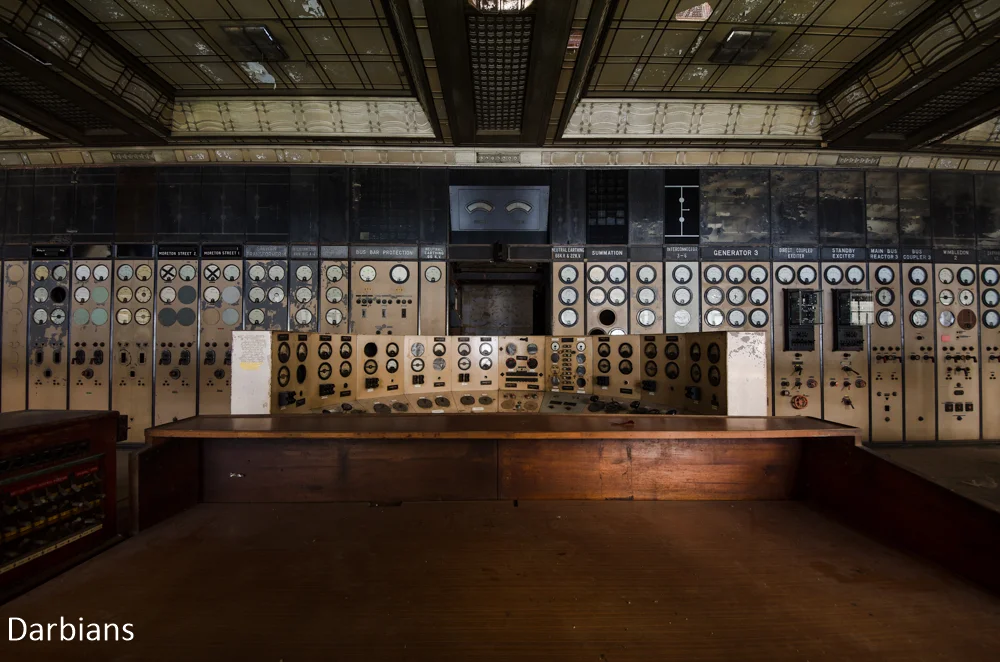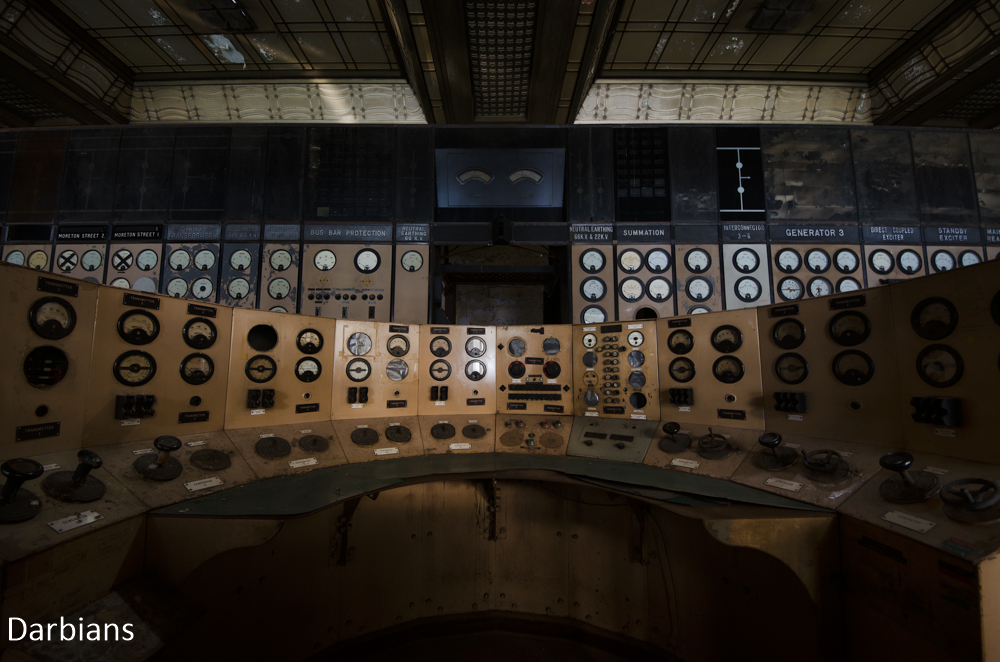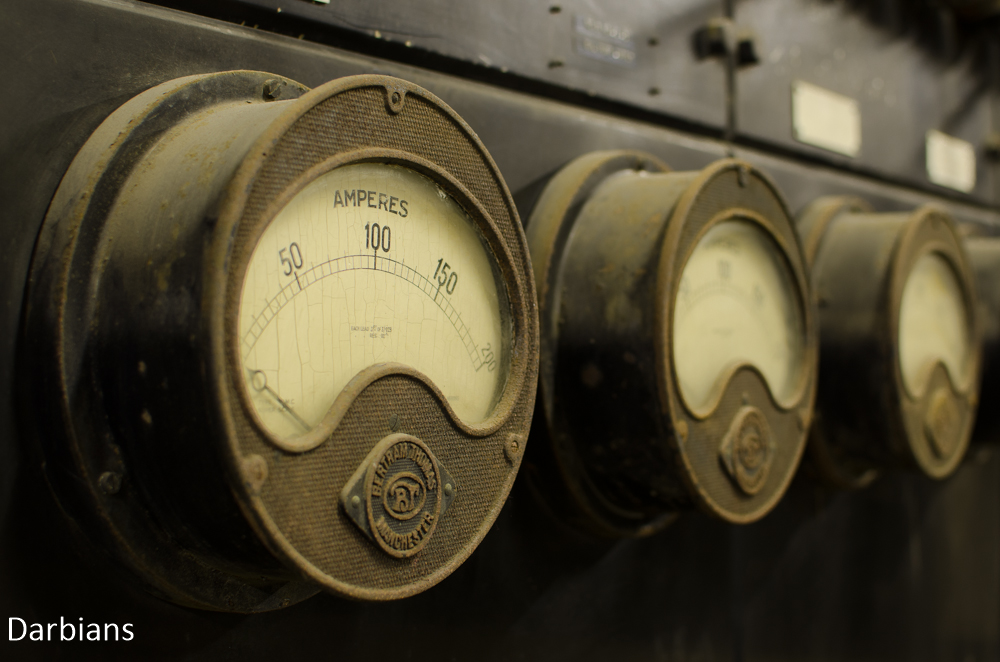Urbex: Darbians Photography
Battersea Power Station: UK November 2013
The abandoned power station at Battersea is a true industrial icon set on the south bank of the river Thames.
I was in awe of this building when I was younger. Passing by it on the train when visiting my Grandparents. I always wandered what it would be like inside. Little did I know I would later on get to go inside.
This was the second power station to be built by the London Power Company. Concerns were raised about the building being an eye sore and the pollution damaging local area including paintings in the nearby Tate Gallery. They hired noted industrial designer and architect Sir Giles Gilbert Scott. Famous for his design of the red telephone box, to design the buildings exterior. He later went on to design the Bankside Power Station which now houses the Tate Modern Gallery.
It was built in two parts. Construction of the A power station commenced in 1929 it was not operational until 1935. During the construction 6 lives were lost and the total cost was over £2 million. The B Station construction commenced shortly after WWII and was identical externally to the A station. It became fully operational by 1955 and was the most thermal efficient power plant at the time producing up to 509 megawatts, this made it the third largest generating site in the UK.
You can clearly see how the budget had become stricter after the war from the design of the control rooms. Control room A in its art deco style had lots of flair, parquet flooring and intricate details. Where as control room B is plain and of a much more clinical affiar.
At 170 metres by 160 metres and the central roof of the boiler house standing at ove 50 metres It is the largest brick building in Europe. Each of the four chimneys are made of concrete and stand at 103 metres tall.
The site used around 1 million tonnes of coal annually and extracted vast quantities of water from the Thames to run the steam turbines.
In 1975 the A station was decomissioned and 8 years later the B station followed suit.
The building is now Grade II listed and varying proposals have been put forward for the site. Finally plans have been agreed and work has started. The power station will be the focus of the forty acre site housing various leisure, business and residential accomodation.
















